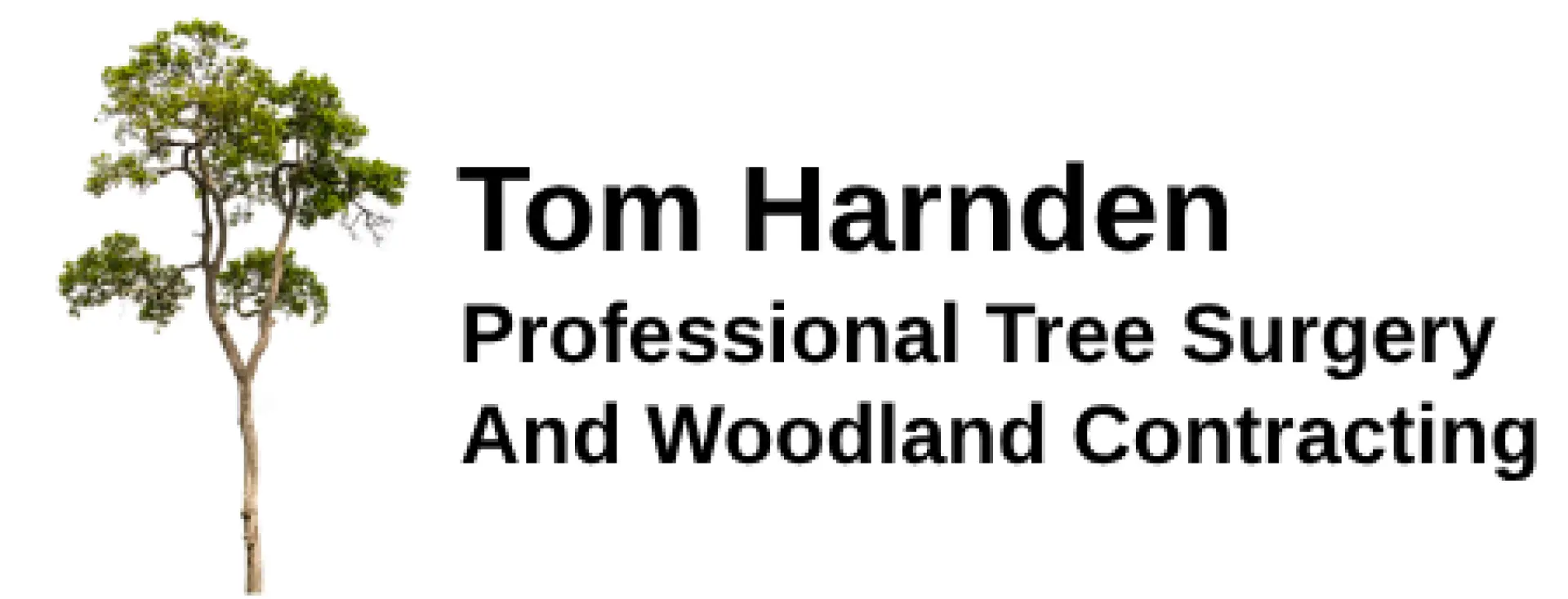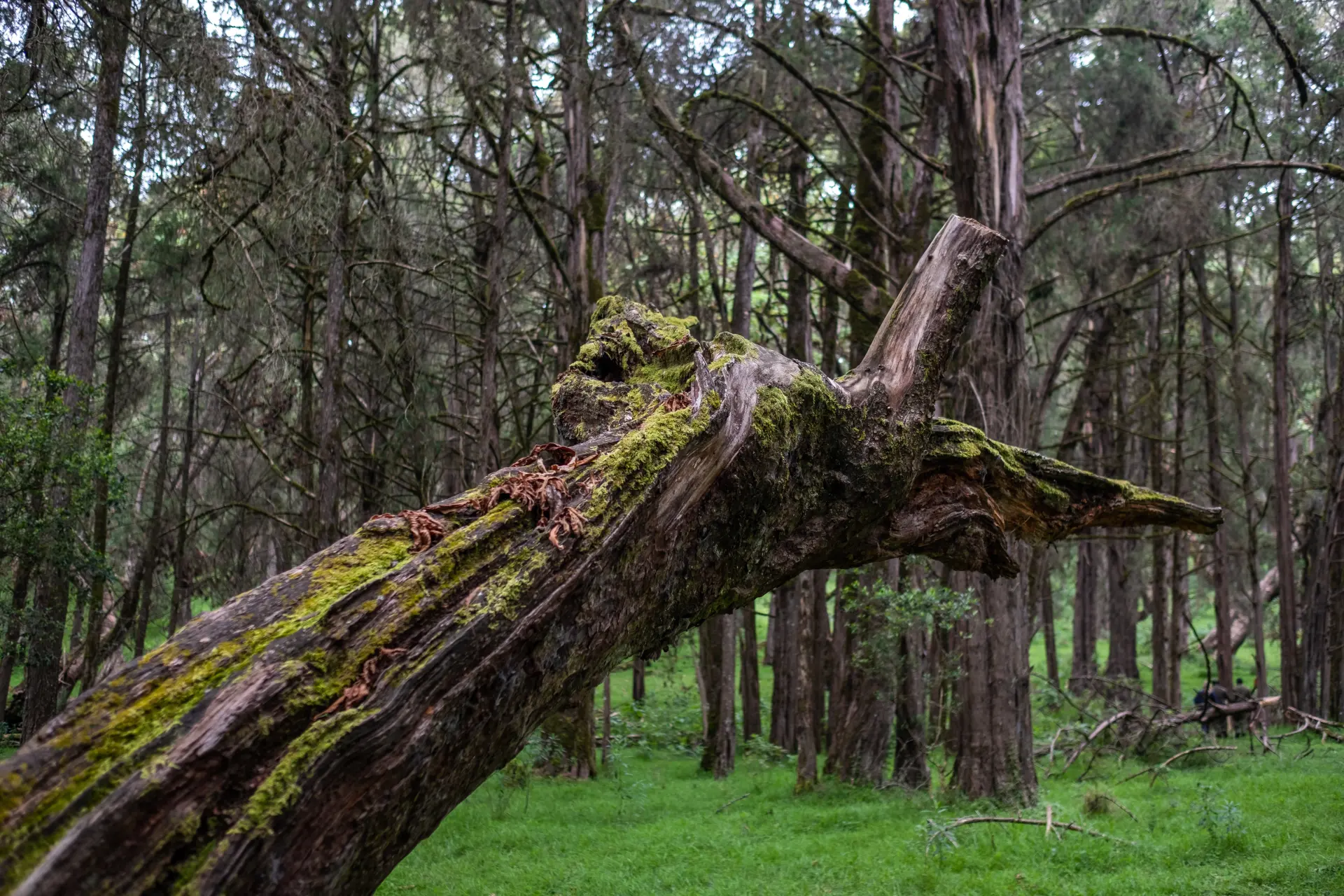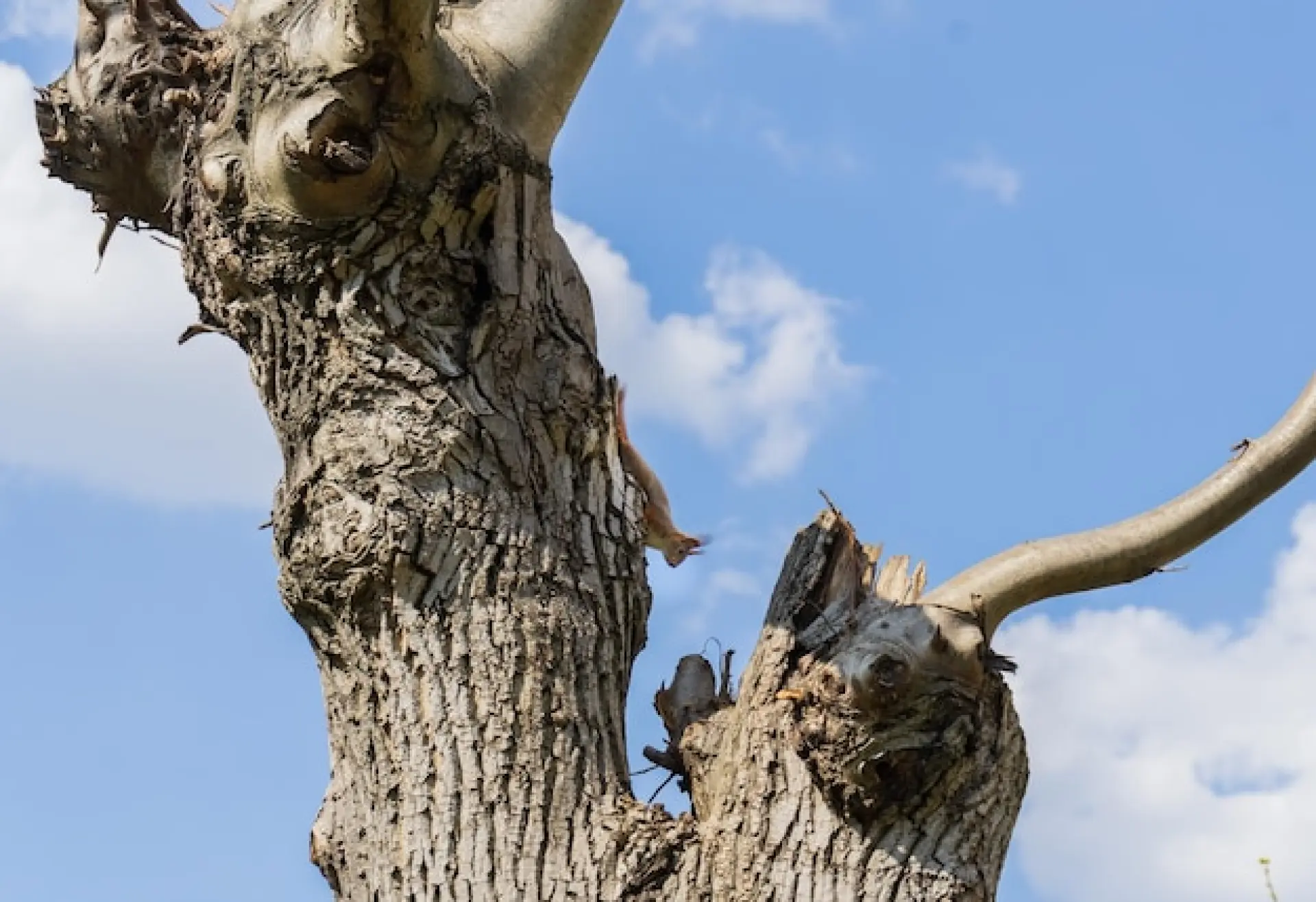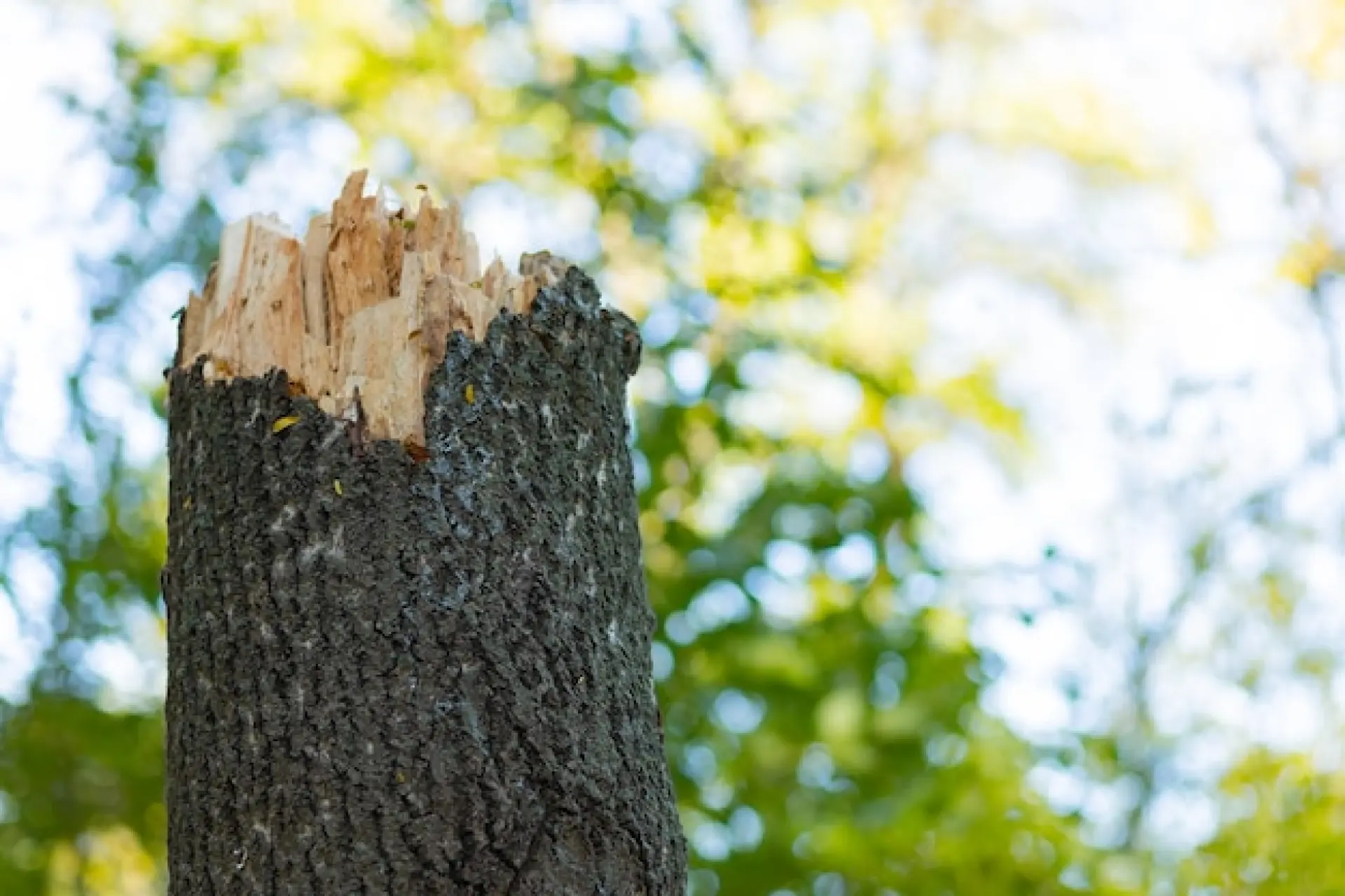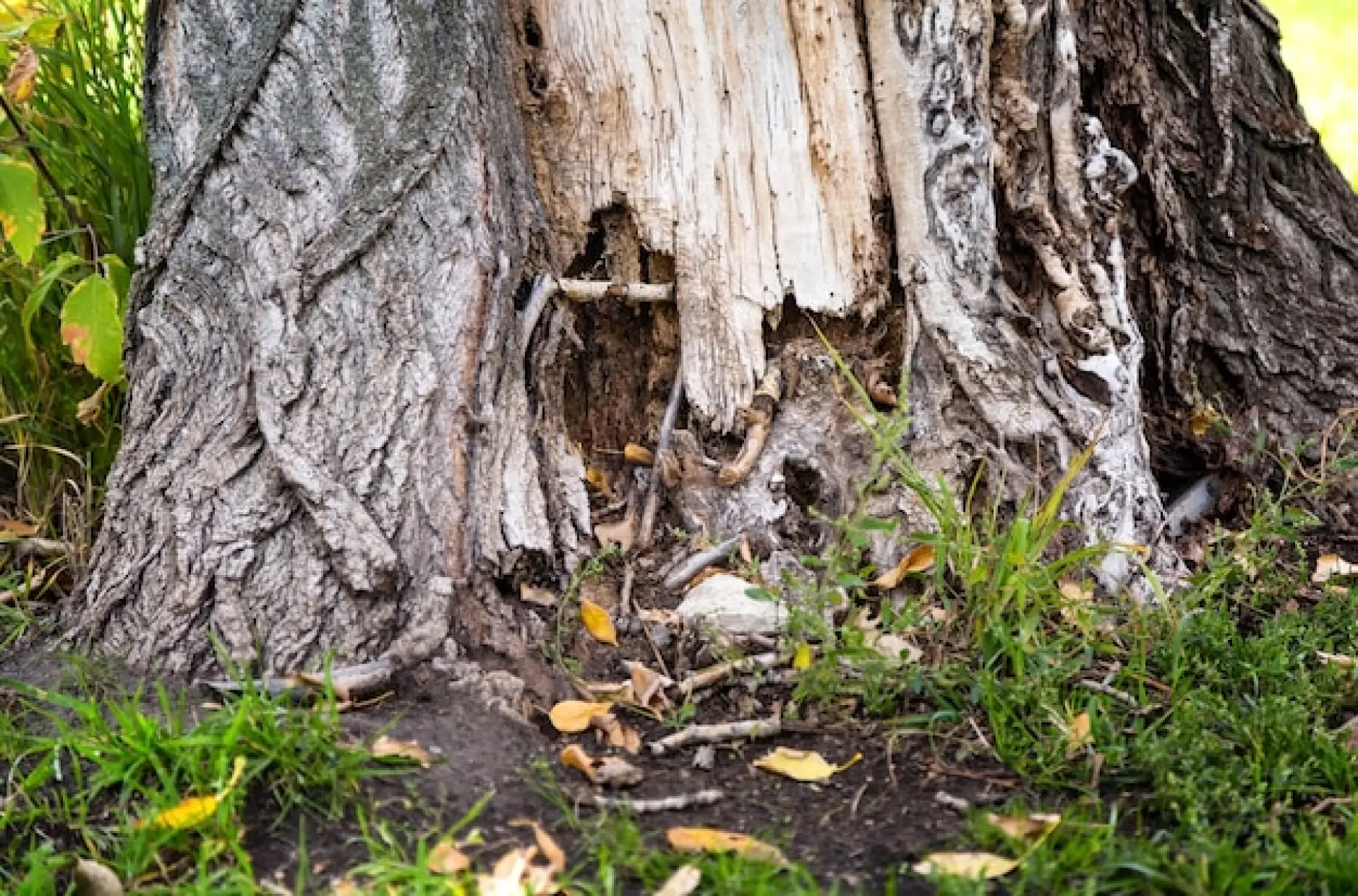Discover the best time to harvest timber in the UK with expert tips on seasonal timing, growth cycles, and environmental considerations for quality wood and sustainable forestry.
Understanding Timber Growth Cycles
Timber growth cycles refer to the natural stages of a tree’s life, and understanding these cycles is essential for effective and sustainable timber harvesting. The growth cycle of a tree typically includes four main stages: establishment, juvenile, mature, and over-mature. The establishment stage lasts for a few years after being planted or through natural regeneration. During this phase, young trees develop their roots and begin to grow vertically.
In the juvenile stage, trees grow faster in height and diameter, and produce lower-quality wood that's often used for pulp or fencing. As trees enter the mature stage, their growth slows down, and the timber becomes denser and more valuable. Finally, in the over-mature stage, the tree's growth slows down significantly, and it can become more vulnerable to diseases, pests, and weather damage. Some over-mature trees are also kept as wildlife habitats or for biodiversity conservation.
The length of a growth cycle varies from species to species. Conifers, such as Sitka spruce and Scots pine, which are commonly grown in UK plantations, are typically harvested between 35 and 50 years of age. On the other hand, broadleaf trees, like oak and beech, grow slower and are often harvested when they're 80 to 150 years old, depending on the management goals.
Winter vs Summer Harvesting
Timber harvesting in the UK can take place all year round, but harvesting during winter and summer has distinct advantages and challenges. The choice between the two depends on the soil conditions, wildlife considerations and the quality of the timber.
Timber harvesting during winter typically takes place from November to March, and it's often preferred for several reasons. Firstly, the colder temperatures and frozen ground conditions reduce the risk of soil compaction and damage caused by heavy machinery. Additionally, harvesting in winter can minimise the disturbance to sensitive wildlife, as many species are less active or are hibernating during the winter.
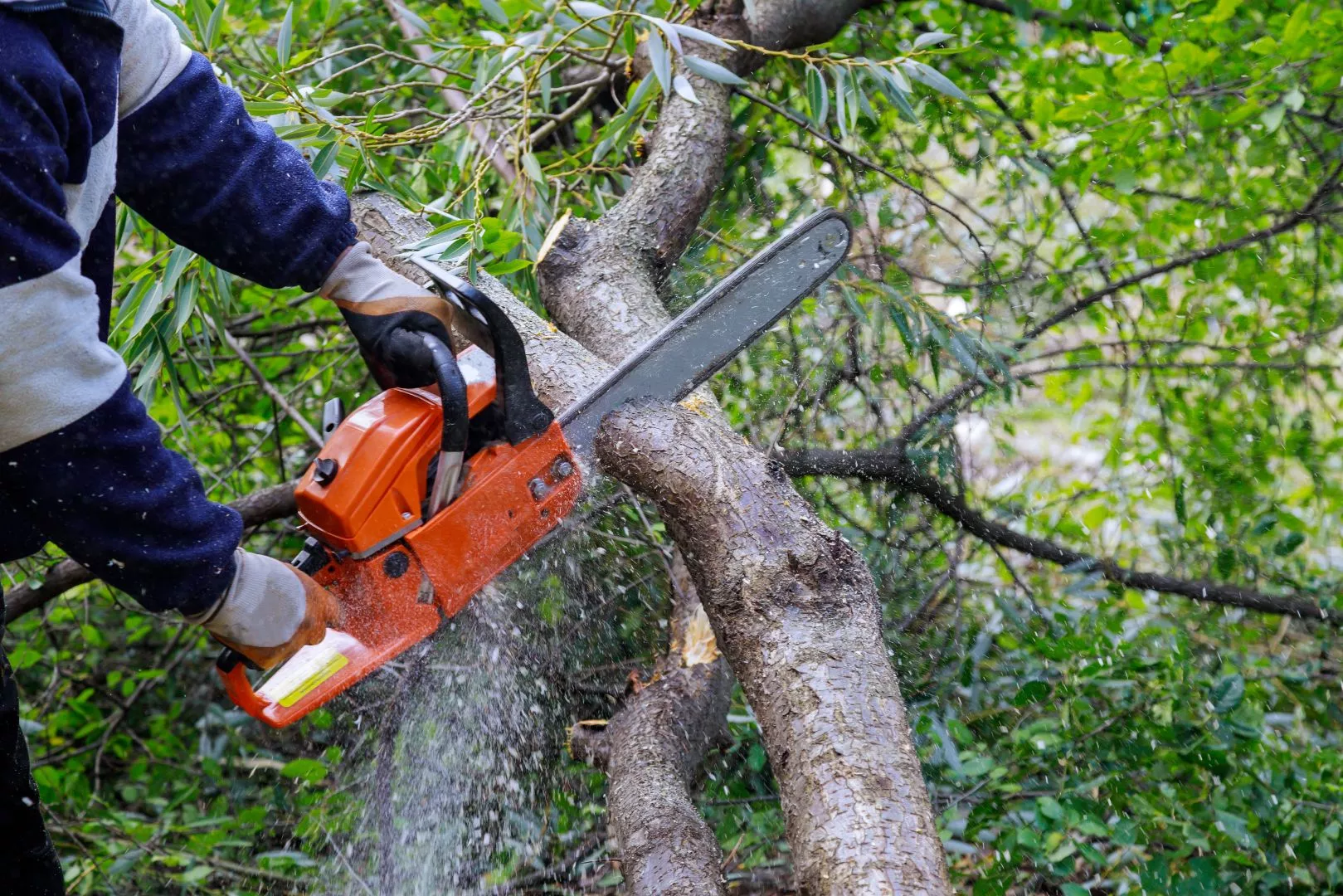
Another key advantage of winter harvesting is that deciduous trees lose their leaves, which can improve their visibility and access for felling operations. However, winter harvesting also has drawbacks. The shorter daylight hours and poor weather conditions can affect your productivity and safety. Additionally, roads can be harder to access, and the wet weather can create muddy, challenging ground to work on.
Summer harvesting typically takes place from April to October, and its main benefits are longer daylight hours, drier weather, and easier working conditions. Harvesting during the summer gives you better access to upland areas and a reduced risk of weather-related delays. In conifer plantations, summer harvesting provides better drying conditions for logs, which reduces their transport weight and storage capacity.
On the other hand, summer harvesting can cause more soil disturbance, especially on clay or peat soils, and there's also a higher risk of disturbing wildlife during breeding seasons, including birds and mammals that are protected under UK law.
Factors That Affect Harvest Timing
The timing of a timber harvest can significantly affect the health of the woodland, the quality of the timber, and the impact on local ecosystems. One of the most important factors is the weather and ground conditions. The UK's wet weather can make forest floors soft and muddy, which increases the risk of soil compaction and damage from heavy machinery. To minimise this risk, timber harvesting is often scheduled during the winter since the ground is often firmer or during dry summers when the soil moisture is low.
Wildlife and environmental considerations also affect the timing for harvesting. Many birds nest during the spring and early summer, and disturbing them during this time can breach the Wildlife and Countryside Act. Timber harvesting may need to be delayed or adjusted during this time to avoid sensitive breeding periods for birds, bats and other wildlife.
The tree's species and timber quality can also influence when the harvesting should occur. Conifer species like Sitka spruce can be harvested at any time, but broadleaf trees such as oak or beech are typically harvested in winter since their leafless conditions improve their visibility, and their moisture content is at its lowest.
Seasonal Considerations for Harvesting
Winter, from November to March, is the most preferred season for timber harvesting since the colder temperatures cause the ground to become frozen or firmer, which reduces soil compaction and the risk of damage from heavy machinery. Additionally, deciduous trees are leafless, and they have less moisture, which speeds up their drying time. However, winter also has shorter daylight hours, cold weather, and potential snow or ice, which can hinder your machinery and safety.
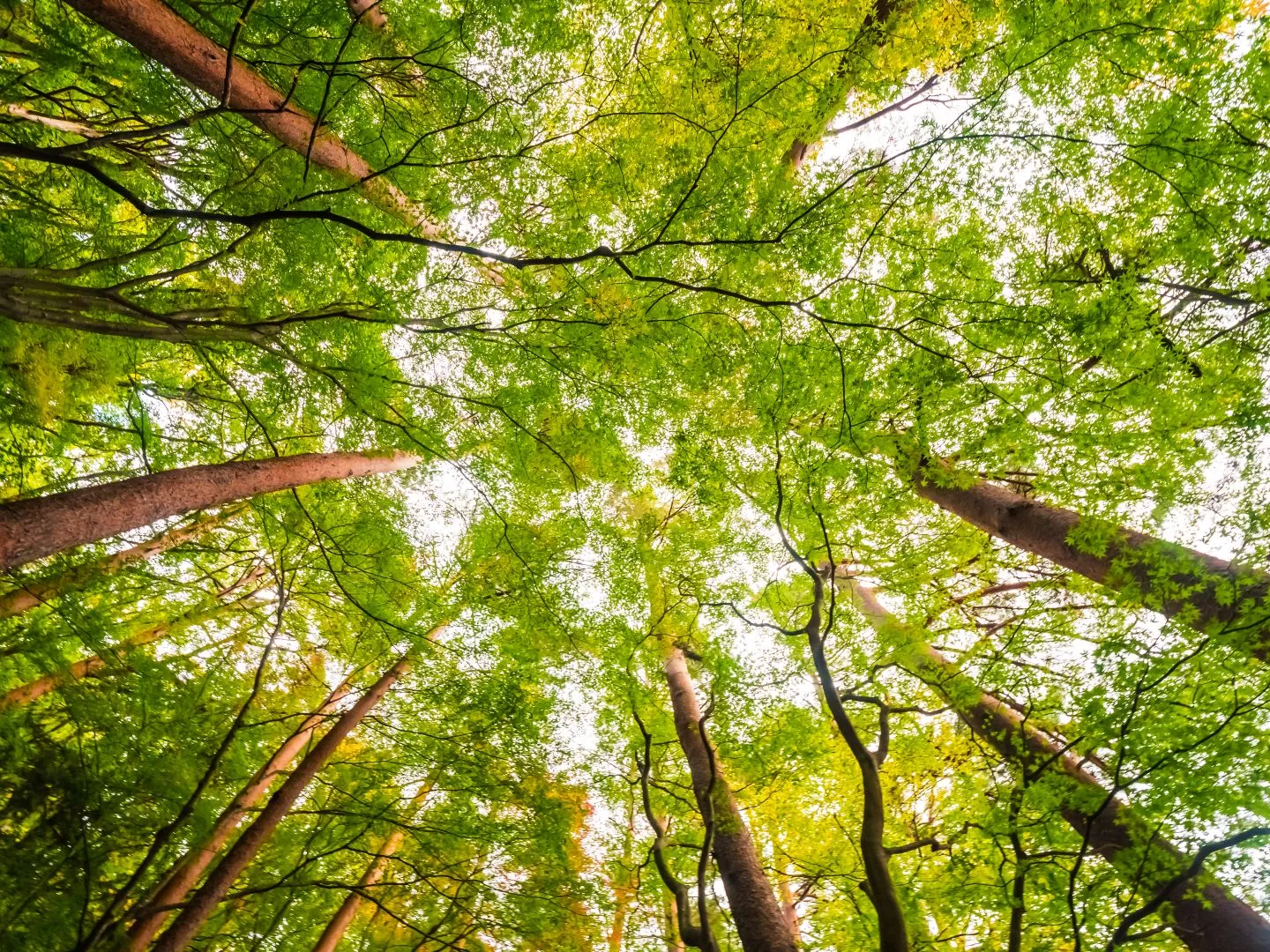
Spring, from March to May, often has longer days and milder weather, making timber harvesting easier and more productive.
However, this season also marks the start of the breeding season for birds and mammals - many of which are legally protected. As a result, timber harvesting in spring must be planned carefully to avoid disturbing nests or habitats.
Summer, from June to August, provides excellent working conditions due to the long daylight hours and dry weather. However, dry soil can be more prone to erosion if it's not properly managed, and new or growing vegetation can limit your visibility and access to trees.
Autumn, from September to October, acts as a transition season, where the colder temperatures return, but the weather stays relatively stable. Autumn is a good time to harvest timber before winter sets in, since it's easier to fell broadleaves without the risk of causing damage to the surrounding trees or soil.
Tom Harnden Professional Tree Surgeons provides professional timber harvesting services across Malvern, Ledbury and Worcester, and we specialise in sustainable forest management, felling, extraction, and site restoration. Our experts use modern equipment to deliver efficient, environmentally friendly services that support your woodland's health, biodiversity and timber production.
